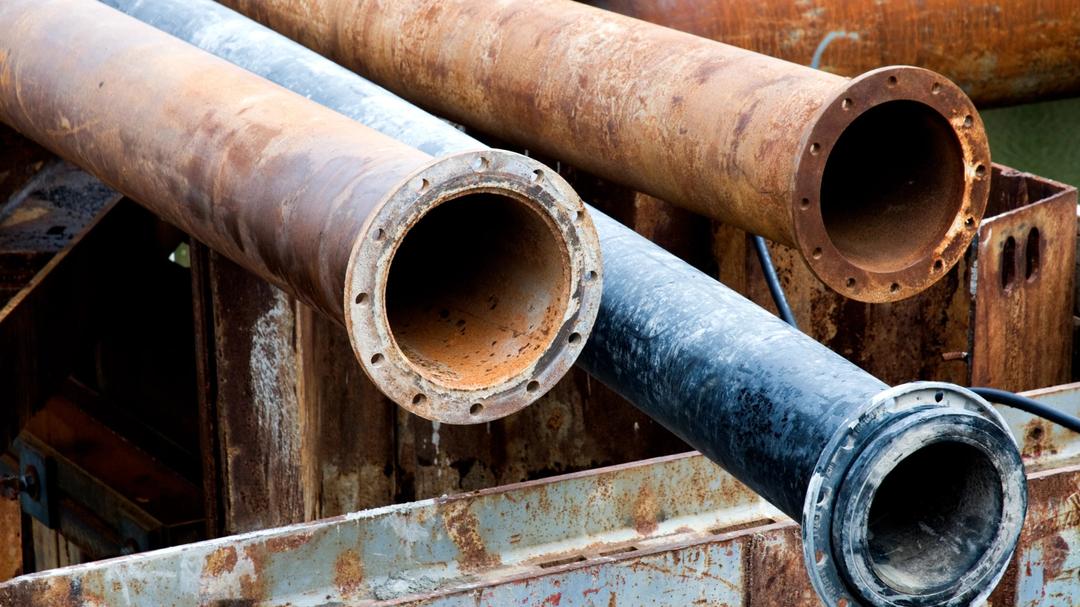Lead is a toxic heavy metal most commonly used in batteries and construction materials. Although historically, lead was also used in paint, plumbing materials, the solder used to fuse plumbing pipes together, and gasoline. Due to the highly poisonous nature of lead, these former uses have been widely banned and replaced with lead-safe work practices. However, lead pipes remain in use across all 50 of the United States.
Lead pipes are used to carry water to many different water systems, school water systems included. School water systems then deliver water through faucets and fountains, which our children use for drinking water. Lead pipes are known to corrode and contaminate the water that travels through them.





